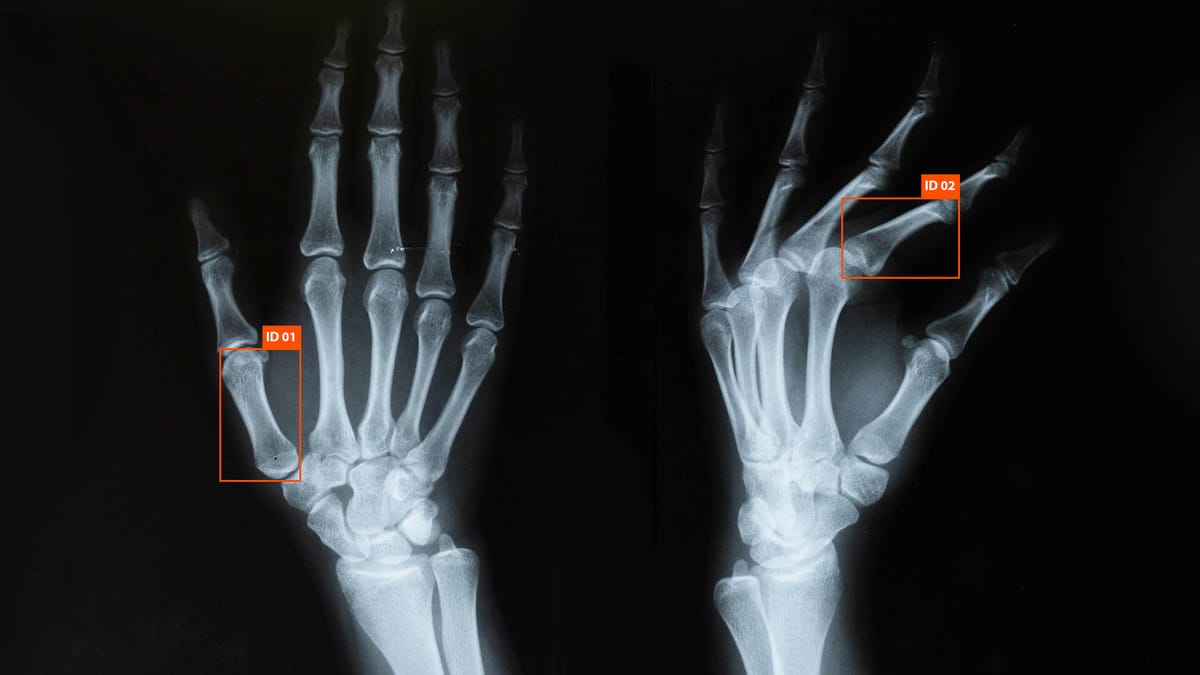Customs inspections have long been a critical component of national security and trade regulation. Traditionally conducted through manual checks, these inspections have evolved significantly in response to growing demands for efficiency and security in a globalized world. Customs officials face the daunting task of ensuring that imported and exported goods comply with legal standards, while also preventing the smuggling of contraband and illegal substances. With the rise of international trade, the sheer volume of goods crossing borders has increased exponentially, necessitating a more sophisticated approach to inspections.
In recent years, the introduction of advanced technology has revolutionized customs inspections, with border x-ray scanners leading the charge. These cutting-edge devices have transformed the way customs officials detect and identify potential threats, streamlining the inspection process while enhancing security protocols.
The Mechanics of Border X-Ray Scanners
A border x-ray scanner functions by emitting ionizing radiation to create detailed images of the contents within shipping containers, vehicles, and luggage. The technology allows customs officials to see through layers of material, revealing hidden items that may not be visible through conventional means. These scanners can rapidly analyze cargo, providing high-resolution images that facilitate quick decision-making.
The scanners operate on the principle of differential absorption, where various materials absorb radiation differently. For example, organic materials such as drugs or food items appear distinctly different from metals and plastics on the scanner’s display. This capability is crucial for identifying suspicious items, ensuring that customs inspectors can focus their efforts on potentially illicit goods.
Enhancing Security Protocols
The integration of border x-ray scanners into customs inspections has led to significant improvements in security protocols. With the ability to screen large volumes of cargo quickly and efficiently, these scanners minimize the time vehicles spend at border crossings, reducing congestion and the potential for illicit activities. Customs officials can prioritize high-risk shipments without compromising the flow of legitimate trade, thereby balancing security and efficiency.
Moreover, the high-resolution imaging provided by these scanners allows for better training and support for customs personnel. Inspectors can learn to identify potential threats more effectively by analyzing the detailed images produced by the scanners. This leads to a more informed workforce that is better equipped to handle the complexities of modern border security.
The Role of Automation
As technology continues to advance, automation has become an integral part of customs inspections. Border x-ray scanners are often integrated with automated cargo tracking systems, which maintain real-time data on the movement of goods. This integration allows customs officials to assess risk levels more accurately based on a combination of intelligence data and scanning results.
Automated systems can flag shipments that require further inspection based on historical data, patterns, and specific alerts. This streamlining of processes ensures that customs officials can focus their attention on the most suspicious cargo, reducing the workload and increasing overall efficiency.
The Impact on Trade and Economy
The implementation of border x-ray scanners has far-reaching implications for international trade and the economy. By expediting the inspection process, these devices help facilitate smoother cross-border transactions, ultimately benefiting businesses that rely on timely shipments. The reduction in wait times at customs leads to lower transportation costs, which can be passed on to consumers, fostering economic growth.
Furthermore, the enhanced security measures provided by border x-ray scanners help maintain the integrity of trade routes. By effectively detecting and preventing the smuggling of illegal goods, these scanners protect legitimate businesses and promote fair competition. The confidence in border security that these technologies instill encourages more investment in cross-border trade, benefiting national economies and enhancing global commerce.
Addressing Privacy and Ethical Concerns
While the use of border x-ray scanners has proven to be effective, it has also raised concerns regarding privacy and civil liberties. The ability to see inside personal belongings and commercial cargo has sparked debates about the balance between national security and individual rights. Customs agencies must navigate these challenges carefully, implementing protocols that protect personal privacy while ensuring thorough inspections.
Transparency in the use of such technology is essential to maintaining public trust. Customs agencies can address these concerns by providing clear guidelines on how data from x-ray scans is handled and ensuring that scans are conducted with appropriate oversight. By fostering an environment of accountability, customs agencies can alleviate fears regarding privacy violations while continuing to utilize advanced technology for security purposes.
Future Developments in Customs Inspections
The future of customs inspections is likely to see even more integration of technology as border x-ray scanners become more advanced. Innovations such as artificial intelligence and machine learning are expected to enhance the capabilities of these scanners, allowing for even more precise identification of potential threats. As machine learning algorithms analyze historical data and scanning results, they can adapt to new smuggling techniques and evolving threats.
Additionally, the incorporation of drones and robotic systems may further streamline customs inspections, allowing for greater flexibility in accessing hard-to-reach areas and inspecting larger shipments more efficiently. As global trade continues to expand, the need for innovative customs inspection methods will only become more pressing.
In summary, the role of border x-ray scanners in modern customs inspections cannot be overstated. By providing enhanced security, streamlining processes, and facilitating trade, these technologies are revolutionizing the way customs agencies operate. As we look to the future, the continued evolution of these systems will play a crucial role in ensuring the safety and efficiency of global commerce.

